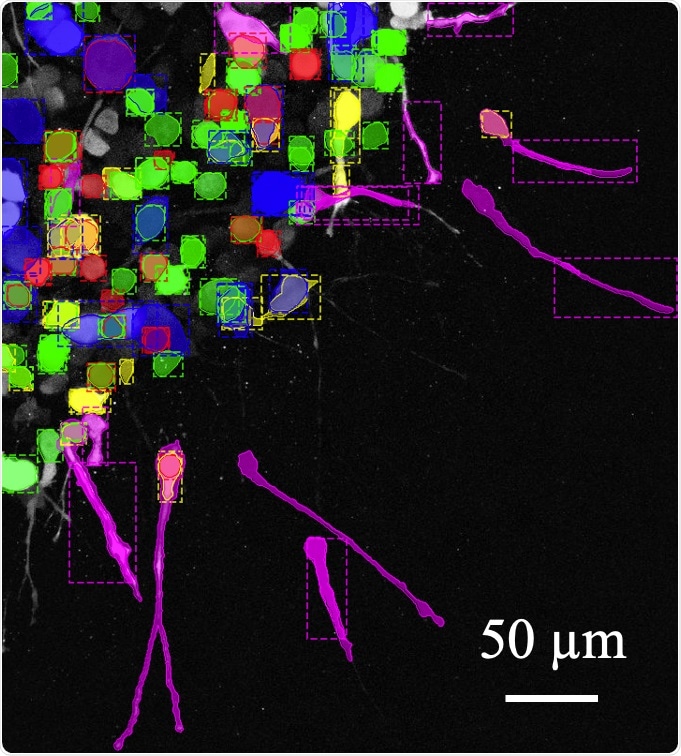Recent research from the Oregon State University shows how malignant cells change their shape and migration techniques to attack various tissues.

Cancer cell migration. Image Credit: Bo Sun, Oregon State University.
The observations are a major step forward in comprehending and preventing cancer metastasis—the internal spreading of the disease responsible for 95% of all cancer deaths. The results have been published in the Scientific Reports journal.
Through billions of years of evolution, cells have learned a number of distinct ways to migrate. In normal development and health-maintaining physiological processes such as wound healing, specific migration programs are executed when required. In the case of a tumor, however, those migration programs are leveraged by cancer cells to sustain their invasion into tissue.”
Bo Sun, Biophysicist, Oregon State University
According to Sun, who headed the research, how well a cancer cell changes shape and switches migration modes plays a vital role in cancer.
Sun further states, “Many cancer therapies that target a particular way a cell moves can fail to stop tumor metastasis in large part because cells switch to another available migration program.”
Sun and associates from the OSU colleges of Science and Engineering employed a kind of artificial intelligence called Computer vision to track a cell’s migration program depending on its shape. Computer vision takes in information from video, digital photos, and other visual inputs.
The researchers examined a line of highly invasive breast cancer cells generally employed in medical research—MDA-MB-23. Sun compares the cell shape analysis to identify if a swimmer is performing the breaststroke, backstroke, or butterfly stroke depending on the movements or the position in which swimmers put their body.
Cell shape is determined by cell function, and loss of characteristic shape is associated with functional abnormality. That’s why shape characterization has been an important tool for diagnosis in cancer as well as in other conditions such as red blood cell disease or neurological disorders.”
Bo Sun, Biophysicist, Oregon State University
The observations reveal that cancer cells shift their travel modes more often than considered earlier.
Sun also adds, “While the constant switching, we saw in the breast cancer cells we studied doesn’t necessarily maximize their speed in a particular type of tissue, it allows for the cells to invade heterogeneous tissue environments.”
According to the researchers at the time of metastasis, a moving cancer cell has to migrate through an extracellular matrix (ECM) having clear and varying mechanical properties.
The ECM is the non-cellular part of organs and tissues. It functions as a scaffold and has various biologically active molecules that carry out a range of vital biomechanical and biochemical jobs.
The researchers employed machine learning and visualization techniques that revealed that a cell’s shape changes are controlled by the molecular control hub—Rho/ROCK-signaling—that a cell employs to sense its physical environment and produce the force necessary for motion.
The researchers employed a model representing two mechanically separate layers of extracellular matrix and revealed that the cells slowly shifted their shape and movement program as they approached and crossed the interface of the layers. This indicates that these transitions are vital for cancer cell metastasis, which necessitates the navigation of non-uniform ECM.
The way a cell’s form changes—its morphodynamics—is a crucial factor in determining its invasive potential and to our knowledge, this has largely gone unstudied.”
Bo Sun, Biophysicist, Oregon State University
Sun concludes by saying, “The morphodynamics of migrating cancer cells are shaping up to be a powerful tool for inspecting the internal state and microenvironment of the cells. Future research is needed to decode the morphodynamics into a rich and understandable body language of cells, and to affect morphodynamics as a means of controlling what the cells are doing.”
Source:
Journal reference:
Eddy, C. Z., et al. (2021) Morphodynamics facilitate cancer cells to navigate 3D extracellular matrix. Scientific Reports. doi.org/10.1038/s41598-021-99902-9.